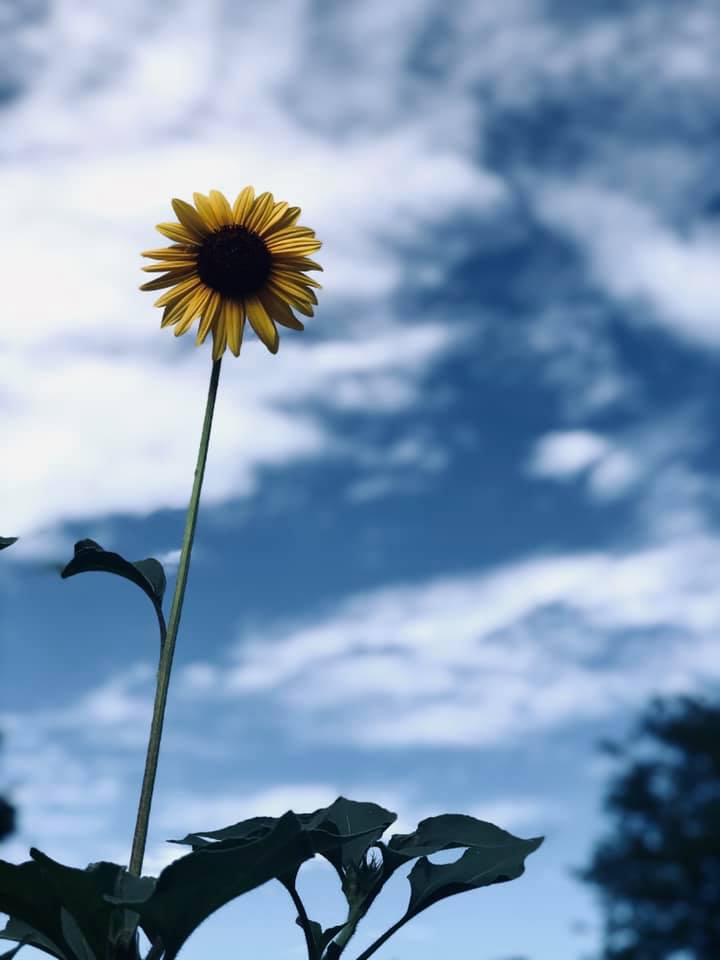Featured Refresh
Text & Image
How is the coronavirus pandemic affecting your life right now? Tell us about your experiences, feelings, and thoughts.
Looking back at my previous journals, it seems that I often wrote about how uncertain COVID-19 has made the future. Shifting regulations, new variants, and the possibility of lockdowns constantly loom at the back of my mind. Accordingly, this past week reminded me of how variable things are. Because [our college] community has been experiencing a spike in cases, all of campus has had to go back to masking indoors with protective KN95s through the end of classes. We almost made it to four mask-free weeks, but the inevitability that cases would keep increasing made that impossible. While reactions around campus are mixed, I do not have strong feelings one way or another. Honestly, I knew indoor masking could be a possibility again, and while I am a bit annoyed at having to readjust to breathing through a mask, I can handle a couple weeks of mask wearing if it means other campus activities, like outdoor festivals, remain open. One thing different this time around is the weather. Spring is here, which means days have been sunnier and temperatures have been warmer. Last week, I spent a lot of my time searching for new outdoor study spots and soaking up some sun for the first time since October. I even had a couple classes outside (hint: the anthropology class I am writing this journal for) and felt so much more mentally refreshed than I usually do after spending my time sitting indoors. Being able to spend more time outdoors, I also think it will be easier to adjust to mask wearing. During the winter, I felt like we all curled up into our own little bubbles and hid behind our hats, coats, and masks, so hopefully now we can use the warmer weather as an opportunity to maintain connections with others despite having to mask. I am eager to see how we all practice mask wearing in a new seasonal context, especially having already experienced waves of regulations in the past. Below is a picture I took last week while sitting under a tree and writing an essay for class; this was a day before the new mask regulations were announced.
May 5, 2022
Text & Image
Talk about what is most upsetting or scaring you right now about the coronavirus pandemic.
I make a point of living a life that focuses on beauty that can be found in each day. I try not to actively worry about COVID on a daily basis at this point. I could lose sleep every night nursing my fears related to the outcome of the upcoming US presidential election, massive new virus outbreaks at schools and universities, inadequate hospital staff and medical supplies and more. I could be a bigger emotional wreck about how this fall and winter may turn out, if I let myself, but I do not. I cannot. I try to keep my fears about COVID focused on my own life versus expanding my anxiety out into a vast universe of infinite worry. Thus, I would say that my greatest fear regarding COVID centers around me or any family member contracting COVID and surviving, but then suffering long term, permanent debilitating effects, despite having almost no pre-existing health conditions. Currently healthy as an ox (and challenged only with minor, exercise induced asthma), I do not believe that this virus would kill me or my immediate family. (My parents, close to 80-years old, may be a different story). I am less, sure about whether we would escape the pernicious health effects that so many appear to struggle with long after the active virus is gone. A notion exists that COVID manifests as an intense cold for non-senior healthy people and then disappears altogether “like the flu but just worse.” I have read too many stories written by real people that indicate otherwise. Involved in various online running and triathlete groups, I have read posts that previously strong athletes have made about their experiences with COVID that indicate that healthy people can suffer permanent internal damage. “In 2019 I completed my third Ironman. Now, I struggle to catch my breath after going up one flight of stairs, still, 5 months later. I have since sold my tri-bike because I think my racing days are over,” someone said. A different person in her early 30s said that she and her family are still dealing with neurological issues 19 weeks after getting her first COVID symptoms. NPR reported a story uncovering the existence of ”long-haulers"—younger, previously healthy people who are sick for months with a low level of COVID 19. They may experience effects like bouts of fatigue, memory issues (and more) that existing COVID tests do not detect. In addition to dealing with debilitating conditions, long-haulers report experiencing difficulty getting proper, COVID-related healthcare. Because their symptoms extend beyond those commonly associated with the virus, healthcare providers do not always even believe these patients have COVID. I do not want this to be ME! I place a PREMIUM on being in top-notch health and have made every proactive attempt at keeping myself strong and fit, seven-days a week. Being fit is an essential part of my identity and lifestyle. I aim for lifetime participation in activities like running, swimming, lifting and yoga. These things are vital in keeping me mentally and emotionally healthy and happy as a productive member of society. I fear that COVID could possibly impair the quality of my life permanently, leaving me less active and more prone to anxiety and depression for many years to come. Hopefully, my fears will remain in my head and will have no basis in reality.
August 27, 2020

